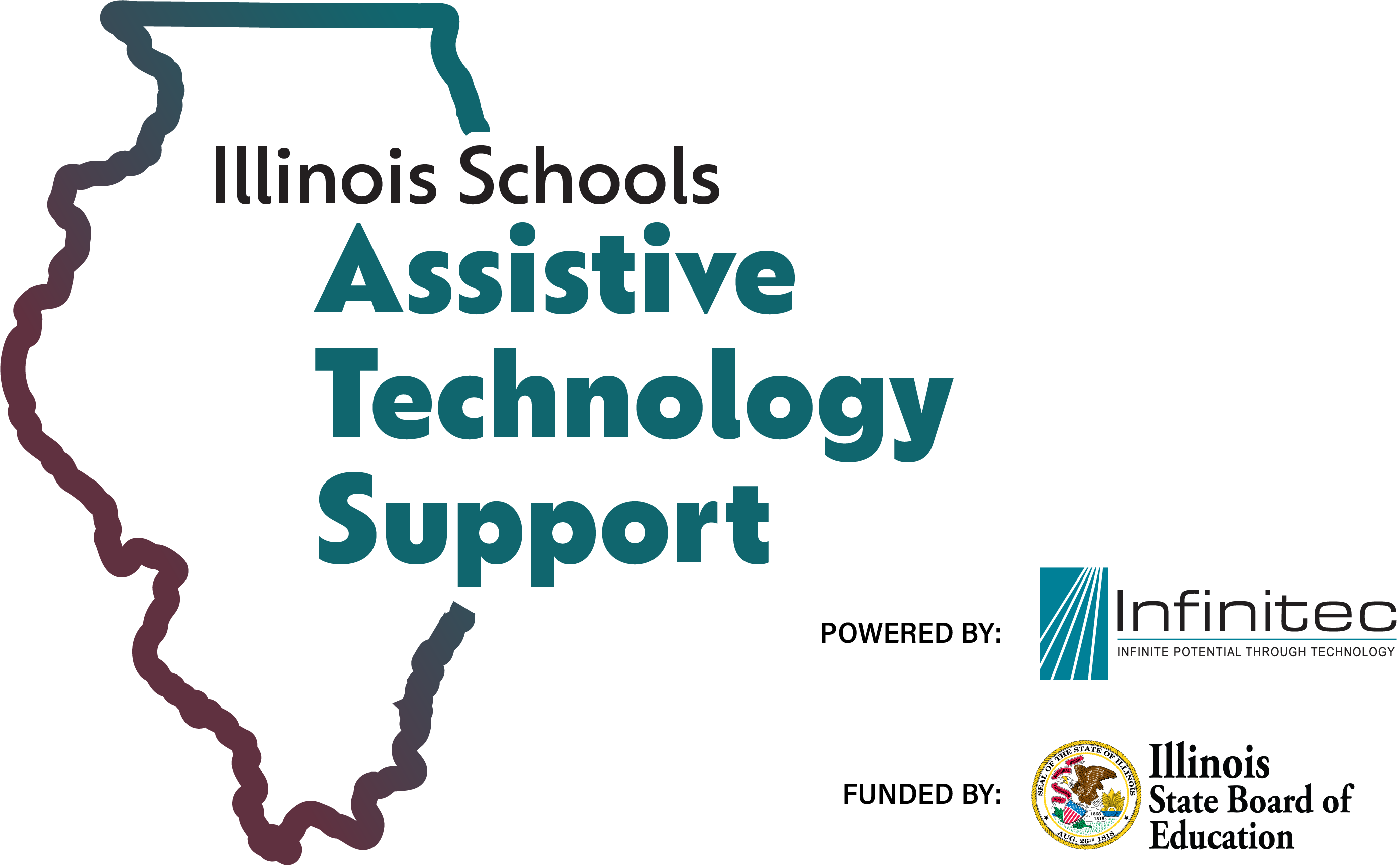
Assistive technologies (AT) are a classification of technologies that are specific to individuals with disabilities. In schools, the classification of a particular technology as AT is important because it allows that technology to be documented as part of a student’s Individualized Education Program (IEP), 504 plans, or other accommodations that may be afforded to a student with a disability.
The Individuals with Disabilities Education Improvement Act (IDEA) of 2004, provides a legal definition of AT. The definition at 34 CFR § 300.5 reads as follows:
…any item, piece of equipment, or product system, whether acquired commercially off the shelf, modified, or customized, that is used to increase, maintain, or improve the functional capabilities of a child with a disability… (Authority: 20 U.S.C. 1401(1)

How does AT help a struggling student?
1.) It can work to supplement a student’s skills thereby negating the effects of the disability.
2.) It can offer an alternate means of executing a task in order to overcome the barriers caused by the disability.
Key Concepts:
Assistive Technology is required by law if a student cannot access the curriculum without that technology.
Assistive Technology must be used to increase, maintain or improve the capabilities of a person with a disability.
Assistive Technology is a compensatory intervention that allows a student to perform a task at the expected performance level.
Assistive Technology is documented on a student’s IEP when found to be necessary for a student’s increased functionality.
Assistive Technology can be low tech, such as a pencil grip.
Assistive Technology can be high tech, such as a specialized device for communication.
Assistive Technology might be a product system that requires multiple technologies working together, such as a computer with software.